Table of Contents
Mercedes OM651 2.1L Diesel (2008–2019)
Short take: The OM651 is Mercedes-Benz’s workhorse 2.1L inline-4 turbo-diesel, introduced in 2008 to replace the OM646. It powers everything from C /E-Class to Sprinter/Vito, prized for torque, economy, and Euro 5/6 compliance but it also has predictable weak points (timing system, injectors, EGR, water pump) that you can manage with preventive maintenance.
Looking for other engines? See our Mercedes Engine Types Hub.

OM651 Quick Facts
- Type: 2.1 L inline-4 turbo-diesel (CDI)
- Power: 95–204 hp (varies by tune)
- Torque: up to 500 Nm
- Induction: single or bi-turbo (higher-output variants)
- Emissions: Euro 5/Euro 6 (EGR + DPF + SCR/AdBlue)
- Launched: 2008 (replaced OM646)
- Use cases: C/E/S-Class, GLA/GLC/GLK, Vito/V-Class, Sprinter
Full Specifications
| Spec | Details |
|---|---|
| Engine code | OM651 |
| Configuration | Inline-4, turbo-diesel, DOHC |
| Displacement | 2,143 cc |
| Bore × Stroke | 83 × 99 mm |
| Compression | ~16.2:1 |
| Injection | Common-rail direct injection (CDI) |
| Induction | Single turbo or twin-turbo (variant-dependent) |
| Output range | 95–204 hp, 250–500 Nm |
| Emissions | Euro 5 / Euro 6 (EGR, DPF, SCR) |
Power & Torque (by variant)
| Badge / Variant | Power | Torque | Notes |
|---|---|---|---|
| 200 CDI / 200d | ~95–136 hp | 250–330 Nm | Single turbo |
| 220 CDI / 220d | ~136–170 hp | 300–400 Nm | Often twin-turbo |
| 250 CDI / 250d | 170–204 hp | 400–500 Nm | Twin-turbo high-output |
| Sprinter tunes | 95–190 hp | 300–440 Nm | Durability-biased calibrations |

Why the OM651 Works So Well
Common-rail CDI: precise metering, better cold starts & economy.

Twin-turbo (on higher trims): small HP turbo for low-rpm response + LP turbo for top-end airflow.

Aftertreatment: EGR + DPF + SCR/AdBlue to meet Euro 5/6.
Packaging & versatility: fits luxury sedans and commercial vans alike.

Common Problems & Fixes
Use this as a quick diagnostic map. Link your case studies where relevant.
| Issue | Symptoms | How to Diagnose | Fix / Notes | DIY vs Pro |
|---|---|---|---|---|
| Timing chain stretch / guide wear | Rattle on cold start or high rpm, cam/crank correlation codes | Stethoscope at timing cover; scan for phase errors | Replace chain, guides, tensioner; update parts if applicable | Pro (timing work) |
| Delphi piezo injector faults (early) | Rough idle, limp mode, rail pressure errors | Read P02xx codes, leak-off test | Replace injectors; later magnetic types are more durable | Pro |
| Turbo issues | Oil mist, whistle, low boost, lag | Smoke test, boost test, shaft play check | Replace/overhaul turbo(s); inspect intercooler & hoses | Pro (diagnosis DIY) |
| EGR clogging | Hesitation, rough idle, elevated soot | Visual inspection, EGR command test | Clean EGR + intake; replace if valve motor fails | DIY/Pro |
| Fuel/oil pump wear | Low pressure warnings, noise | Pressure test; metal in filter | Replace pump; flush system | Pro |
| Water pump leaks | Coolant loss, overheating | UV dye/leak check when hot | Replace pump; inspect thermostat & hoses | Pro |
| AdBlue / DPF faults | Warning messages, derate | Scan NOx/DPF differentials | NOx sensor replacement, DPF regen or off-car clean | Pro |
Helpful case studies:
Rattling sound when accelerating : Case study & Solution
Mercedes Keep Losing Power : Case Study & Solution
Where Does Engine Coolant Go? : Case Study & Solution
Engine Is Leaking Oil : Case Study & Solution
Mercedes E300 Hybrid Not Starting: Case Study & Solution
Huge Engine Miss : Case Study & Solution
Hard Brake: Fix It With This Solution
Excessive Oil Consumption: Find the Cause Easily
Why Would Engine Light Come On: Steps to Resolve
Adblue System Fault See Owners Manual Mercedes: Steps to Solution
Effective Solutions for Diesel Particulate Filter Problems
Mercedes C300 Won’t Start: Easy Way to Fix
Maintenance Schedule
| Task | Interval | Notes |
|---|---|---|
| Engine oil & filter | 10k–15k km (6k–9k mi) | Use MB-approved low-SAPS (DPF-safe) |
| Fuel filter | 30k–40k km | Protects injectors & HP pump |
| Air filter | 20k–30k km | Shorten in dusty use |
| Timing system check | From 150k km or at first rattle | Earlier if long intervals/harsh use |
| EGR & intake clean | 80k–120k km | More frequent on short-trip vans |
| Coolant / water pump inspection | Every service | Look for crust, staining, weep holes |
| AdBlue (SCR) health | At each scan | NOx sensors, injector, lines |
| DPF status | Monitor soot/regen | Force regen if city-cycle clogged |
Oil, Fluids & Service Notes
- – Oil spec: MB 229.51 / 229.52 low-SAPS for DPF longevity
- – Viscosity: 5W-30 (cold climates), 5W-40 (hot/heavy duty) per handbook
- – AdBlue: keep topped; low fluid triggers power limits
- – Warm-down: after heavy load, idle briefly to protect turbo bearings
Turbo Systems: Single vs Twin
- – Single turbo: entry tunes (200 CDI/d) for simplicity and economy.
- – Twin-turbo (bi-turbo): 220/250 CDI/d small HP turbo for low-rpm torque, larger LP turbo for high-rpm power.
Care tips: clean air filtration, oil changes on time, check boost hoses/clamps, allow post-load cool-down.
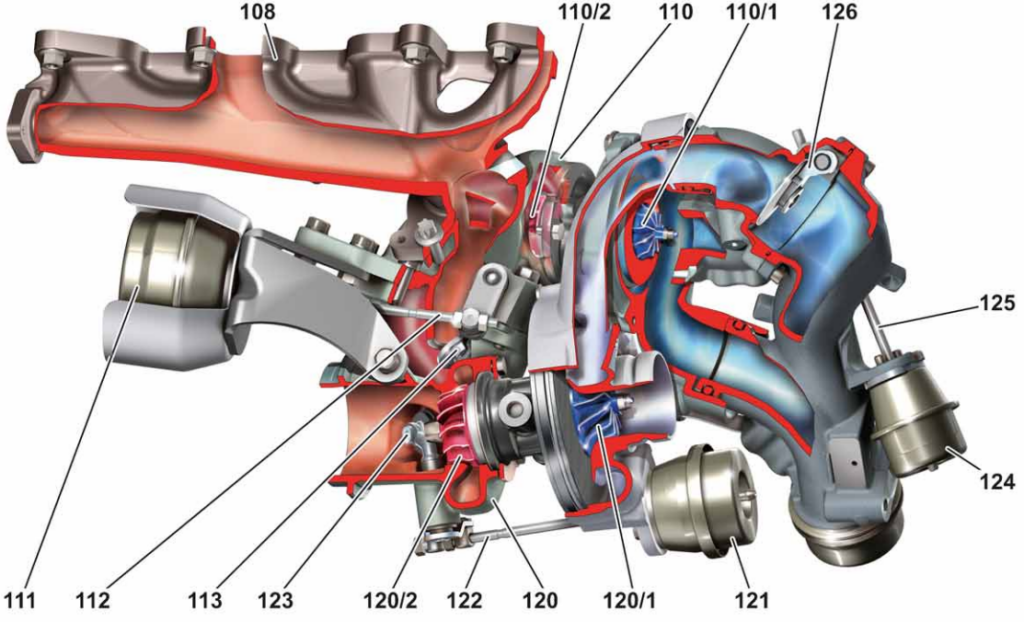
EGR System: Function & Care
- – Purpose: recirculate exhaust to cut NOx.
- – Failure mode: soot buildup → sticky valve → low flow codes/hesitation.
- – Prevention: quality diesel, long enough drives for proper DPF regens; periodic intake/EGR cleaning.

Models Using OM651
Passenger cars
- A-Class (W176) – A180d/A200d/A220d
- B-Class (W246) – B180d/B200d
- C-Class (W204, W205) – C200/220/250 CDI/d
- E-Class (W212, W213) – E200/220/250 CDI/d
- S-Class (W222) – S300 BlueTEC HYBRID (paired with electric motor)
- CLA (W117) – 200d/220d
- GLA (X156) – 200d/220d
- GLK (X204) / GLC (X253) – 220d/250d
Vans & MPVs
- Vito / V-Class (W447) – 116 CDI / 220d
- Sprinter (W906) – Wide range of outputs for commercial duty
OM651 vs OM654 vs OM646
At a glance:
| Feature | OM646 | OM651 | OM654 |
|---|---|---|---|
| Era | ~2002–2010 | 2008–2019 | 2016–present |
| Block | Cast iron | Aluminum (lightweight) | All-new light design |
| Induction | Single turbo | Single / twin-turbo | Advanced single/two-stage |
| Emissions | Euro 3–4 | Euro 5/6 (DPF/SCR) | Euro 6d ready |
| Power | ~88–150 hp | 95–204 hp | 150–200+ hp |
| “Headaches” | Simpler, robust | Chain, injectors, EGR | Fewer issues reported |
| Overall | Durable & simple | Strong but complex | Best efficiency & refinement |
Verdict: OM651 modernized the 2.1L with power and emissions tech; OM654 improves efficiency, refinement, and serviceability.
Belt & Water Pump Notes
- – Serpentine/belt system drives alternator, water pump, AC.
- – Watch for: cracking, fray, chirp (misalignment).
- – Water pump: leaks and bearing wear are common age-mileage items; replace at first sign of seep/overheat.


Real-World Owner Quotes
“230,000 km on my W204 OM651 only a DPF sensor so far.” r/w204
“These engines are solid if maintained. Don’t ignore timing rattle.” MBClub UK tech
“Sprinter OM651 reliable; injector blow-by at 150k fixed myself.” Sprinter-Source owner
FAQs
Q1: How long do OM651 timing chains last?
Typically 100k–150k miles. Rattle = inspect/replace.
Q2: Are OM651 injectors prone to failure?
Early Delphi piezo were problematic; later magnetic injectors are better.
Q3: Is the OM651 twin-turbo?
Yes on higher-output 220/250 CDI/d; lower tunes often single-turbo.
Q4: Best oil for OM651?
MB 229.51 / 229.52 low-SAPS synthetic (DPF-safe). 5W-30/5W-40 per climate.
Q5: Upgrade to OM654 easily?
No, mounts, electronics, emissions, and cooling differ substantially.
Continue learning in our Mercedes Engine Types Hub.
Author
Written by Mercedes Expert
With years of hands-on experience diagnosing and repairing Mercedes-Benz systems, he brings technical depth and practical case studies to help car owners, technicians, and enthusiasts troubleshoot complex automotive issues. His work focuses on clear repair guides, OEM-level procedures, and knowledge-sharing to empower both professionals and drivers.
Last Updated: September 2025

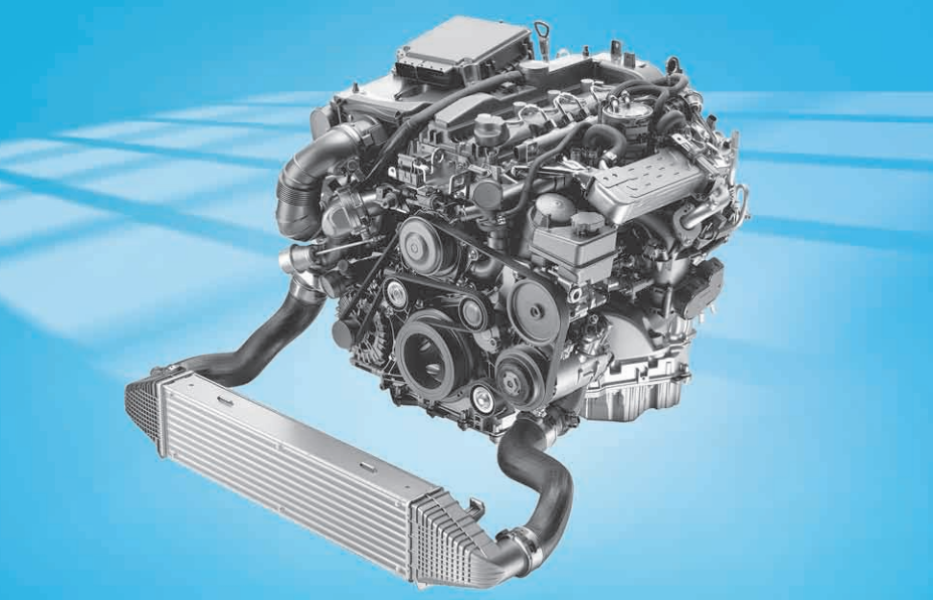
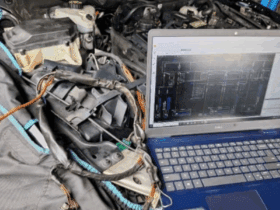
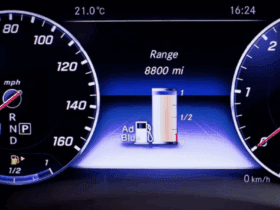
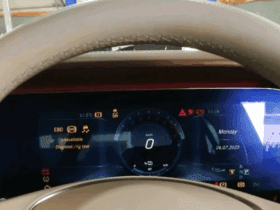
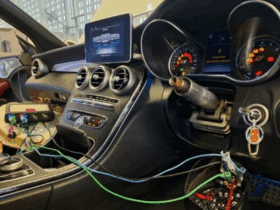
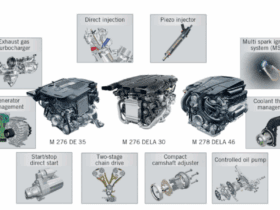
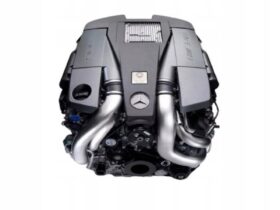

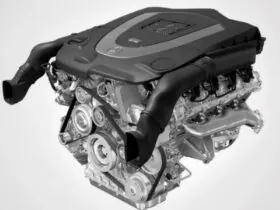
Leave a Reply